For the best ideas in designing care environments to treat diverse people with behavioral and mental health challenges, the starting point is simple: the very specific needs of patients and caregivers, including their needs for safety and a sense of relief.
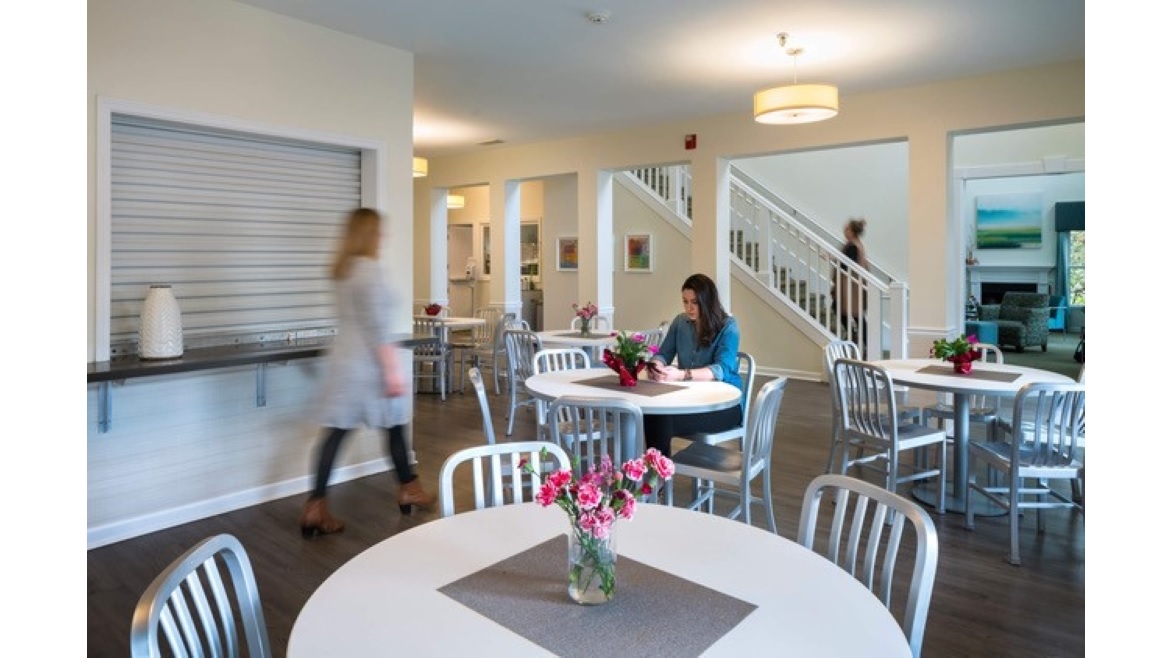
Photo courtesy of Dyer Brown
With a mix of creativity, empathy and evidence-based design principles, Dyer Brown has nurtured a strong track record in creating effective environments for behavioral health care. The team draws on work in varied project types to champion every patient’s outcome, merging technical expertise and a sensitivity to how places both protect and heal. Recent projects include treatment centers and therapy spaces for both adolescents and teens, as well as enriching support zones.
Based in Atlanta and Boston, Dyer Brown’s leaders in the sector include senior interior designer Maggie Mitchell, an associate with a degree in psychology, and project manager Molly California. Their design solutions bring together:
- Comfort and control for users: These elements allow for privacy, safety and minimized anxiety. Eased orientation, plenty of controlled natural light, curated artworks and settings for social interaction are vital too.
- Operations understanding: “Behavioral health designs begin with the flow of treatment — inpatient vs. outpatient — and they culminate in support for the caregivers’ young clients, often joined by their parents alongside,” Mitchell said. “Analysis of proposed sites and facilities is critical, not just to maximize usage, but also to boost openness and ventilation and create favorable adjacencies for homework areas, cafés and break zones, and places for parents to hang out.”
- Safety, both perceived and physical: This is a key design criterion for behavioral health clinics. California says features that protect patients from self-harm or accidents include safe stairwells, anti-ligature hardware, “break-away” products such as shower hoses and drapes, and fixtures designed without sharp edges. “Just as important, we look to craft welcoming and therapeutic interiors that are truly healing places,” she said. “Furnishings in behavioral health settings should be commercial grade but avoid looking institutional.”
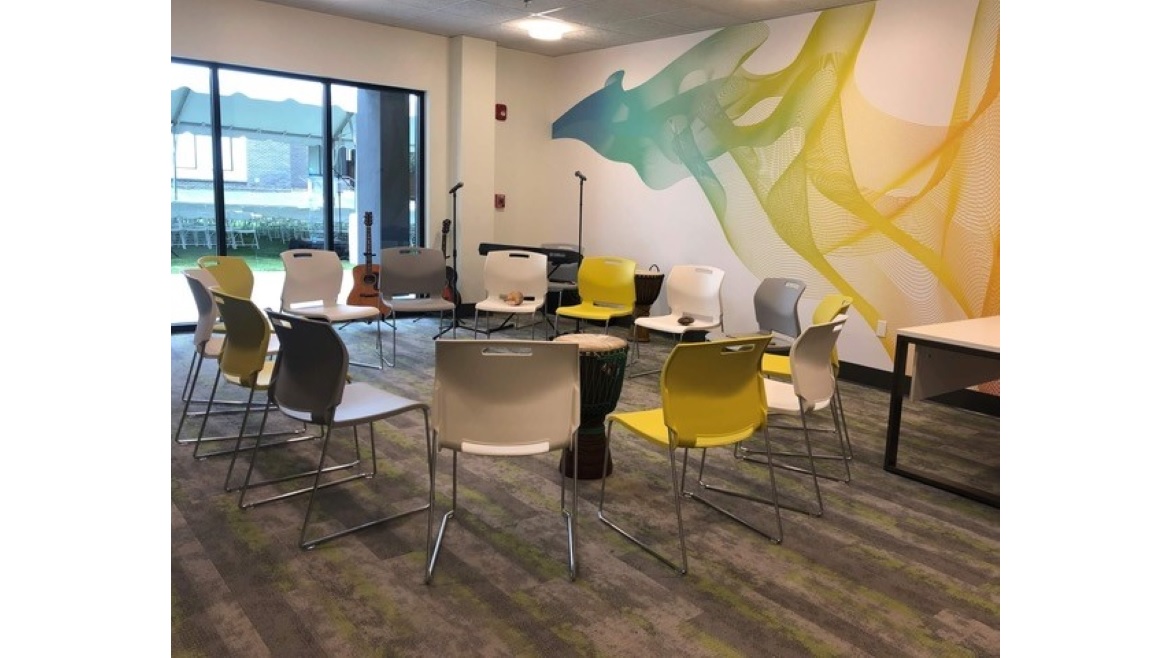
Photo courtesy of Dyer Brown
Projects for Dyer Brown include a three-year relationship creating varied care environments on one provider organization’s 13-acre campus for adolescent residential treatment, offering animal assisted therapy, recreational therapy, trauma-focused therapy and horticulture therapy, as well as dialectical behavior therapy, a unique offering in the region.
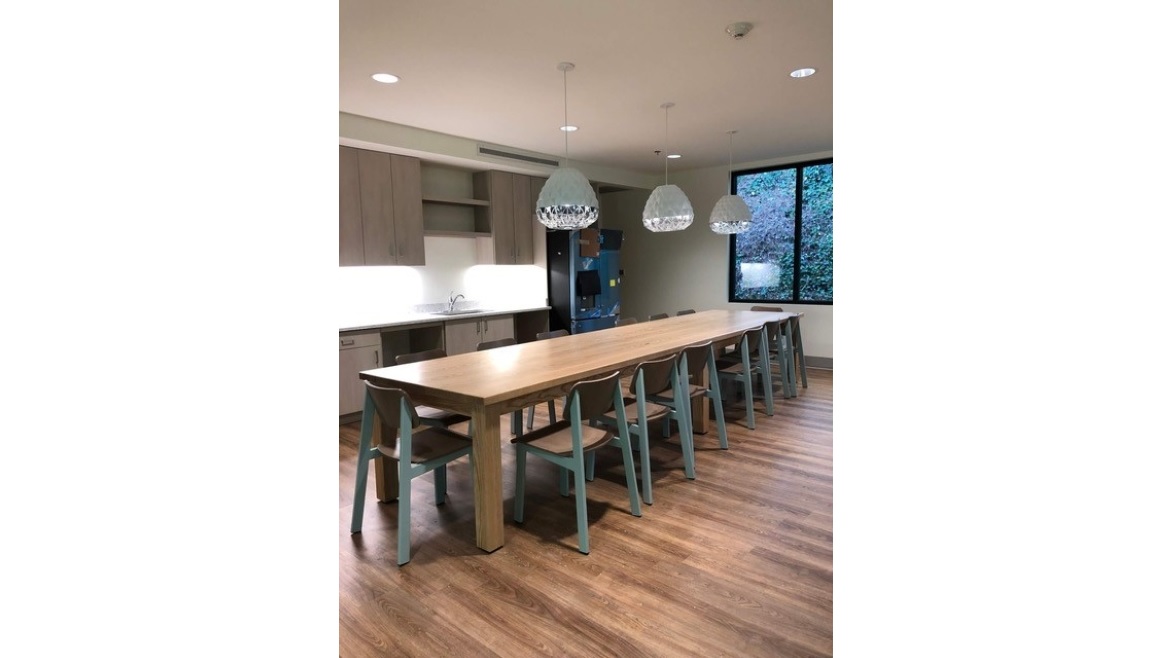
Photo courtesy of Dyer Brown
Dyer Brown was referred to this provider by another ongoing client, a nationally recognized nonprofit behavioral health treatment organization with several campuses throughout the Atlanta area. For them, Dyer Brown provides interior design services, including new furniture and accessory specifications for their latest campus, which serves primarily adolescents and includes a 30,000-square-foot building with spaces for conferencing, clinical staff, dining, art therapy, music education and fitness.
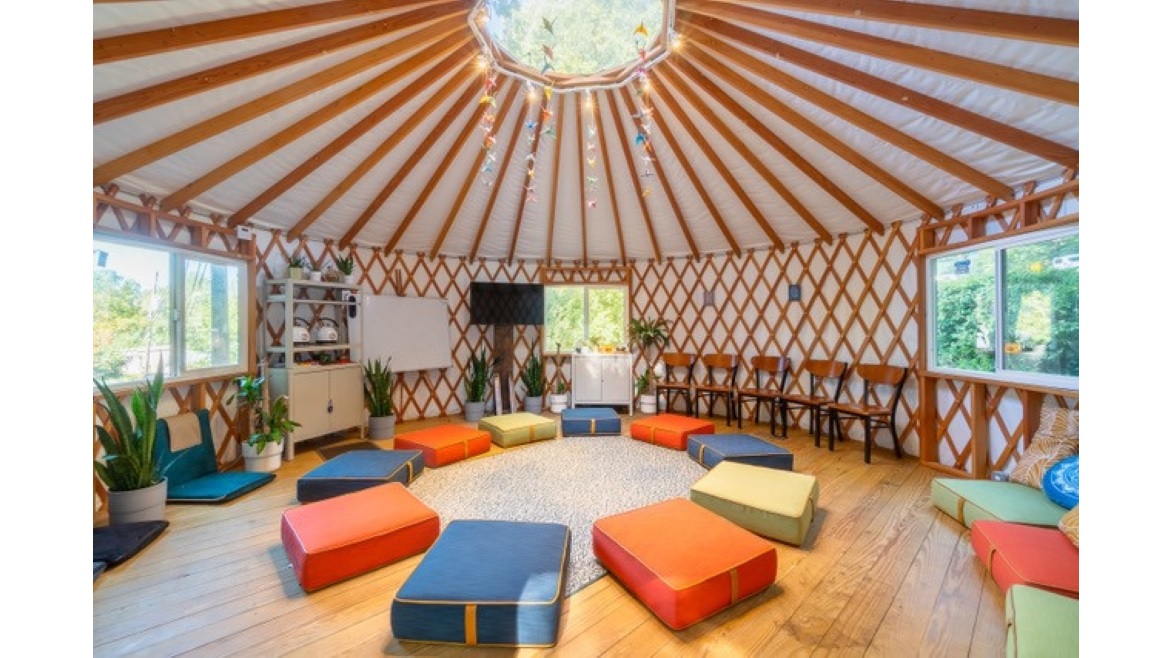

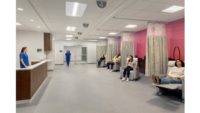


Report Abusive Comment